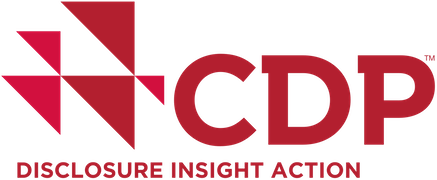Hana.eco Features
Carbon Accounting
Hana.eco simplifies the entire process of managing carbon emissions by providing a user-friendly platform that facilitates effortless collection, precise calculation, rigorous verification, and streamlined reporting.- Compliance Assurance
- AI-assisted data analytics. Bring climate insight to your fingertips
- Automation and Integration
Collaboration
Personnel across diverse units and hierarchical levels can effortlessly exchange and convey climate insights and strategies, fostering collaborative action.- Role and permission management
- Communication tool
- Customizable tools and options
Strategy
Hana.eco facilitates companies on their path to carbon neutrality by leveraging advanced data analysis. Our platform enables the efficient implementation of reduction projects for a more effective and sustainable impact.- Energy consumption and carbon emission prediction
- Climate Risk management
- What-if scenario analysis
Value Chain Management
We establish links across the value chain by analyzing emission intensity with industry average data. Our platform's multilingual support ensures seamless usability for overseas partners.
Standard supported by Hana.eco

Strategy
- A) Describe the climate-related risks and opportunities the organization has identified over the short, medium, and long term.
- B) Describe the impact of climate-related risks and opportunities on the organization’s businesses, strategy, and financial planning.
Metrics and Targets
- a) Disclose the metrics used by the company to assess climate-related risks and opportunities in line with its strategy and risk management process.
- b) Disclose Scope 1, Scope 2, and, if appropriate, Scope 3 greenhouse gas (GHG) emissions, and the related risks.
- c) Describe the targets used by the company to manage climate-related risks and opportunities and performance against targets.

GRI 302: Energy 2016
- Disclosure 302-1: Energy consumption within the organization
- Disclosure 302-2: Energy consumption outside of the organization (2022-Q4)
- Disclosure 302-3: Energy intensity
- Disclosure 302-4: Reduction of energy consumption
GRI 305: Emissions
- Disclosure 305-1: Direct (Scope 1) GHG emissions
- Disclosure 305-2: Energy indirect (Scope 2) GHG emissions
- Disclosure 305-3: Other indirect (Scope 3) GHG emissions (2023-Q2)
- Disclosure 305-4: GHG emissions intensity
- Disclosure 305-5: Reduction of GHG emissions
- Disclosure 305-6: Emissions of ozone-depleting substances (ODS)
- Disclosure 305-7: Nitrogen oxides (NOx), sulfur oxides (SOx), and other significant air emissions

C4 Targets and performance
- C4.1: Emissions targets
- C4.3: Emissions reduction initiatives
C6 Emissions data
- C6.1: Scope 1 emissions data
- C6.2: Scope 2 emissions reporting
- C6.3: Scope 2 emissions data
- C6.7: Biogenic carbon data
- C6.7a: Biogenic carbon data
- C6.10: Emissions intensities
C7 Emissions breakdown
- C7.1: Scope 1 breakdown: GHGs
- C7.2: Scope 1 breakdown: country/area/region
- C7.3: Scope 1 breakdown: business breakdown
- C7.5: Scope 2 breakdown: country/area/region
- C7.6: Scope 2 breakdown: business breakdowns
- C7.9: Emissions performance
C8 Energy
- C8.2: Energy-related activities
Benefits
1
Cost Reduction
- Up to ~70% operational efficiency managing climate data
- Up to ~15% energy savings
2
Risk Reduction
- Responsive agility in addressing climate regulations
- Optimized strategies for buying and selling emissions permits
3
Enhanced corporate image
- Higher ESG level
- Better partner management